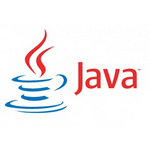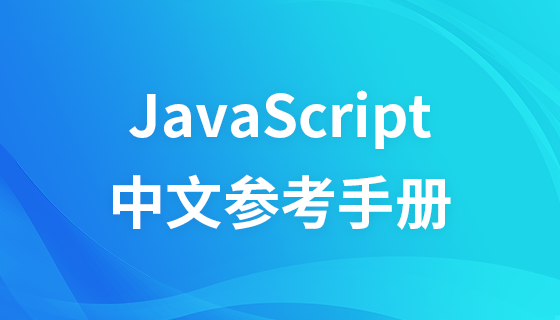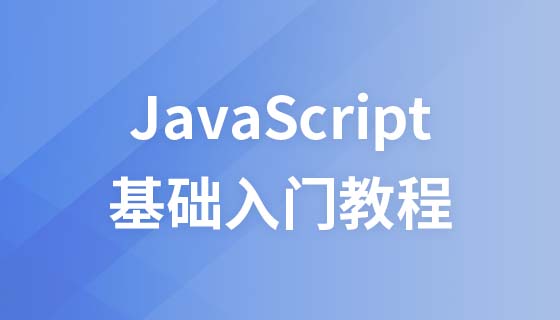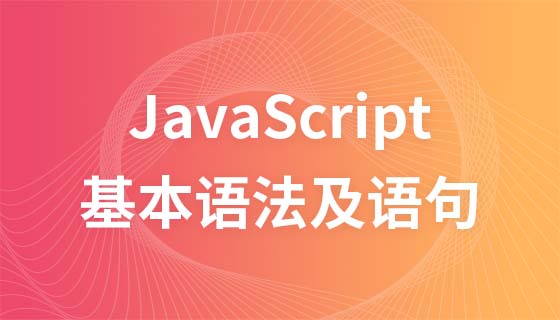本篇文章给大家带来的内容是关于理解javascript 事件机制的详细分析 ,有一定的参考价值,有需要的朋友可以参考一下,希望对你有所帮助。
首先判断JS是同步还是异步,同步就进入主进程,异步就进入event table
异步任务在event table中注册函数,当满足触发条件后,被推入event queue
同步任务进入主线程后一直执行,直到主线程空闲时,才会去event queue中查看是否有可执行的异步任务,如果有就推入主进程中
macro-task(宏任务):包括整体代码script,setTimeout,setInterval,setImmediate, I/O, UI rendering
立即学习“Java免费学习笔记(深入)”;
micro-task(微任务):Promise.then,process.nextTick
执行本轮个宏任务
过程中如果遇到微任务,是同步任务就将其放到微任务的[事件队列]里,异步放入微任务[事件表]中,注册函数,达到执行条件,推入微任务[事件队列]中 (目前为止我还不知道微任务有没有异步任务)
遇到宏任务,是同步任务就将其放到宏任务的[事件队列]里,异步放入宏任务[事件表]中,注册函数,达到执行条件,推入宏任务[事件队列]中
本轮宏任务执行完,查看微任务的[事件队列],并将里面全部的微任务依次执行完,从宏任务[事件队列]中执行下一轮宏任务
JS单线程,这线程中只有一个唯一的事件循环
一个线程中,事件循环是唯一的,但是可以有多个任务队列(微任务队列只有一个)
任务队列分宏任务队列与微任务队列
/* example1 */
setTimeout(function () {
console.log(1);
},7);
new Promise(function (resolve) {
console.log(2);
for (var i = 0; i < 10000; i++) {
i == 99 && resolve();
}
}).then(function () {
console.log(3);
setTimeout(() => {
console.log(4);
});
})
console.log(5);
// 2 3 5 (4 7) 后两个数字的顺序与两定时器的delayTime有关,谁先满足触发条件就先输出谁 (html5 标准中,规定delayTime >= 4ms)
/* example2 */
setTimeout(_ => console.log(4));
new Promise(resolve => {
resolve()
console.log(1)
}).then(_ => {
console.log(3)
Promise.resolve().then(_ => {
console.log('before timeout')
}).then(_ => {
Promise.resolve().then(_ => {
console.log('also before timeout')
})
})
})
console.log(2);
// 这个也不难,分析分析就出结果了综上 菜鸡二问
微任务事件队列中存在异步任务嘛?
多个宏任务事件队列,下一轮宏任务时该从哪个宏任务事件队列中取?
相关推荐:
以上就是理解JavaScript 事件机制的详细分析的详细内容,更多请关注php中文网其它相关文章!

java怎么学习?java怎么入门?java在哪学?java怎么学才快?不用担心,这里为大家提供了java速学教程(入门到精通),有需要的小伙伴保存下载就能学习啦!




Copyright 2014-2025 https://www.php.cn/ All Rights Reserved | php.cn | 湘ICP备2023035733号